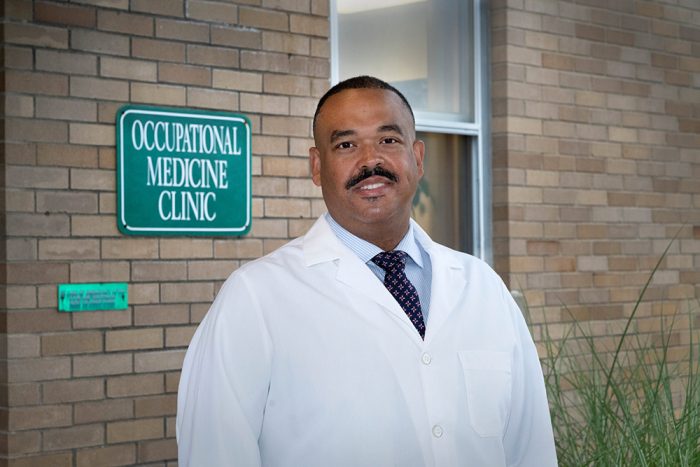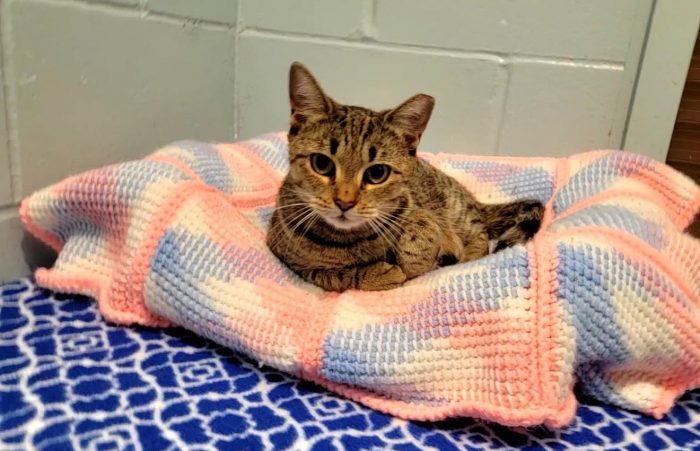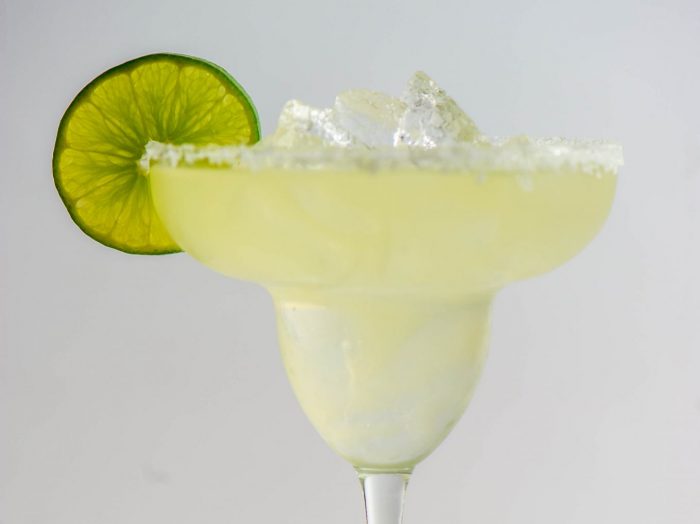Treatments are continually evolving
By David Dunaief, M.D.

The causes of eczema are unknown, but it is thought that nature and nurture are both at play (1). Essentially, it is a chronic inflammatory process that involves symptoms of rashes, itching, pain and redness (2).
It’s estimated that over seven percent of the U.S. adult population suffers from eczema (3), with twice as many females as males affected (4).
While there is no cure, there are treatments its symptoms. These range from over-the-counter creams and lotions to prescription steroid creams to oral steroids and injectable biologics. Antihistamines can also be used to treat itchiness. Some use phototherapy for severe cases, but research on its effectiveness is scant. Interestingly, lifestyle, specifically diet, may play an important role.
Two separate studies have shown an association between eczema and fracture risk, which we will investigate further.
Let’s look at the evidence.
Does diet play a role?

In a Japanese study involving over 700 pregnant women and their offspring, results showed that when the women ate either a diet high in green and yellow vegetables, beta carotene or citrus fruit there was a significant reduction in the risk of the child having eczema of 59 percent, 48 percent and 47 percent, respectively, when comparing highest to lowest consumption quartiles (5).
Elimination diets may also play a role. One study’s results showed when eggs were removed from the diet in those who were allergic, according to IgE testing, eczema improved significantly (6).
From an anecdotal perspective, I have seen very good results when treating patients who have eczema with dietary changes. My patient population includes about 15 to 20 percent of patients who suffer some level of eczema. For example, a young adult had eczema mostly on the extremities. When I first met the patient, these were angry, excoriated, erythematous and scratched lesions. However, after several months of a vegetable-rich diet, the patient’s skin significantly improved.
What about supplements?
There are two well-known supplements for helping to reduce inflammation, evening primrose oil and borage oil. Are these supplements a good replacement for – or addition to – medications? The research is really mixed, leaning toward ineffective – and with some important concerns.
In a meta-analysis of seven randomized controlled trials, evening primrose oil was no better than placebo in treating eczema (7). The researchers also looked at eight studies of borage oil and found there was no difference from placebo in terms of symptom relief. While these supplements only had minor side effects in the study, they can interact with other medications. For example, evening primrose oil in combination with aspirin can cause clotting problems (8).
The upshot? Don’t expect supplements to provide significant help. If you do try them, be sure to consult with your physician first.
Biologics
Injectable biologics are among the newest treatments and are generally recommended when other treatment options have failed (9). There are two currently approved by the FDA, dupilumab and tralokinumab-ldrm, with the latter recently approved in December 2021.
In trials, these injectable drugs showed good results, improving outcomes for moderate to severe eczema sufferers when topical steroids alone were not effective. Like any drug therapy, it does have side effects.
Deeper impacts of eczema
Eczema may be related to broken bones, according to several studies. For example, one observational study of 34,500 patients showed that those with eczema had a 44 percent increased risk of injury causing limitation and an even more disturbing 67 percent risk of bone fracture and bone or joint injury for those 30 years and older (10).
And if you have both fatigue or insomnia and eczema, you are at higher risk for bone or joint injury than having one or the other alone. The researchers postulated that the use of corticosteroids in treatment could be one reason for increased fracture risk, in addition to chronic inflammation, which may also contribute to the risk of bone loss.
Steroids may weaken bone, ligaments and tendons and may cause osteoporosis by decreasing bone mineral density.
A recently published study of over 500,000 patients tested this theory and found that the association between major osteoporotic fractures and atopic eczema remained, even after adjusting for a range of histories with oral corticosteroids (11). Also, fracture rates were higher in those with severe atopic eczema.
For those who have eczema, it may be wise to have a DEXA (bone) scan.
Eczema exists on a spectrum from annoying to significantly affecting a patient’s quality of life (12). Supplements may not be the solution, at least not borage oil or evening primrose oil. However, there may be promising medications for the hard to treat. It might be best to avoid long-term systemic steroid use, because of the long-term side effects. Lifestyle modifications appear to be very effective, at least at the anecdotal level.
References:
(1) Acta Derm Venereol (Stockh) 1985;117 (Suppl.):1-59. (2) uptodate.com. (3) J Inv Dermatol. 2017;137(1):26-30. (4) BMC Dermatol. 2013;13(14). (5) Allergy. 2010 Jun 1;65(6):758-765. (6) J Am Acad Dermatol. 2004;50(3):391-404. (7) Cochrane Database Syst Rev. 2013;4:CD004416. (8) mayoclinic.org (9) Medscape.com. (9) JAMA Dermatol. 2015;151(1):33-41. (10) J Allergy Clin Immunol Pract. 2021 Sep 24;S2213-2198(21)01018-7. (11) nationaleczema.org. (12) Contact Dermatitis 2008; 59:43-47.
Dr. David Dunaief is a speaker, author and local lifestyle medicine physician focusing on the integration of medicine, nutrition, fitness and stress management. For further information, visit www.medicalcompassmd.com.




















